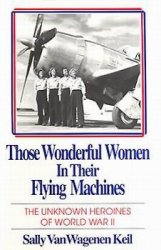Traditionally situated in a few rather narrow avenues of inquiry, the archaeology of religion, ritual, and ideology has recently broadened its view to include multiple dimensions of practice in the past. Studies of ideology have conjoined the symbolic with the everyday social and material relations of production in analyses of the negotiation of class relations and the formation of social subjects. Additionally, archaeologists have increasingly come to recognize that ritual and religion are not separate from, but rather involved in, the daily lives and activities of past communities. This is to say that beliefs about the nature of the world, selfhood and social relations, as well as the existence of ancestors and spiritual beings, the qualities and importance of elements and materials, and the origins of the land and people shape human activities from the overtly ritual to the quotidian. Timothy Insoll, asserting that religion is a central structuring mechanism in the reproduction of all human groups, has argued that archaeologists need to reassess how they conceptualize it in models of past societies, from the autonomous and peripheral to the more central and embedded. This has important and exciting implications for how archaeologists define the objects of their inquiry, decide what data to examine, and interpret the residues of past practices. While properly resituating religion, ritual, and ideology in interpretations of the past may require a considerable departure from our contemporary worldview, the results of such an endeavor, already begun, promise to considerably enhance the practice of archaeology.
See also: Archaeoastronomy; Biblical Archaeology; Cognitive Archaeology; Image and Symbol; Interpretive Art and Archaeology; Marxist Archaeology; Modern Humans, Emergence of; Postprocessual Archaeology; Rock Art; Social Inequality, Development of.




 World History
World History









